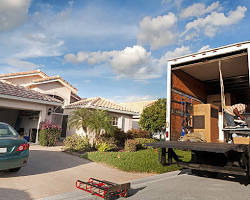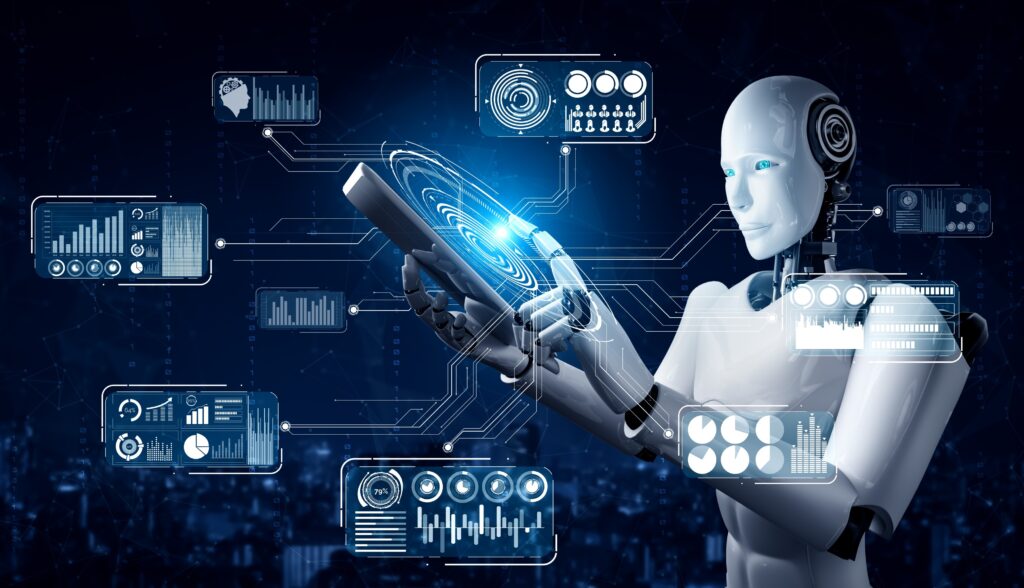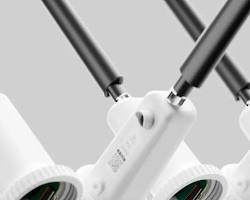Digital Twins & Smart Construction Sites: The Next Big Leap in Indian Infrastructure
Introduction
The construction industry is evolving faster than ever, and new technologies are reshaping how projects are designed, built, and managed. One of the most exciting innovations is the use of Digital Twins and Smart Construction Sites. These technologies are already revolutionizing infrastructure development worldwide — and now, they’re making a big impact in India too.
At Mohd Khalid Construction, we believe that adopting smart construction practices is the key to delivering projects that are faster, safer, cost-effective, and sustainable.
What Is a Digital Twin?
A Digital Twin is a virtual replica of a physical asset — such as a building, road, or bridge — that is constantly updated with real-time data from sensors, drones, and Building Information Modeling (BIM).
-
How it works:
-
BIM Models provide the design structure.
-
IoT Sensors & Drones feed real-time updates on materials, weather, equipment, and workforce.
-
Software Platforms analyze the data and provide actionable insights.
-
In simple terms: a Digital Twin lets you see, track, and improve every stage of a project, even before construction finishes.

Benefits of Digital Twins & Smart Construction Sites

Real-Time Monitoring
rack progress, detect errors early, and avoid costly delays.

Predictive Maintenance
Data helps predict when a structure or system may need repairs, preventing breakdowns.

Quality Control
Spot deviations from design early, ensuring a flawless final structure.

Resource Optimization
Reduce material waste, save energy, and lower overall costs.

Enhanced Safety
Fewer on-site risks since inspections and simulations can be done virtually

Faster Delivery
Data-driven decision-making keeps projects on schedule.
Challenges to Consider
-
Initial Investment: Technology, software, and sensors require upfront costs.
-
Training Needs: Workers and engineers need digital skills to use new tools.
-
Connectivity Issues: Reliable internet and data systems are required.
-
Integration: Combining drones, BIM, IoT, and AI into one workflow can be complex.
-
Data Privacy & Security: Sensitive project data must be safeguarded.
At Mohd Khalid Construction, we address these challenges by starting with pilot projects and scaling smart construction solutions step by step.
Real-World Examples
-
Smart Cities in India are adopting Digital Twin technology for roads, metro systems, and utilities.
-
Hospitals and Universities are being built using digital monitoring systems to cut costs and speed up delivery.
-
Global Giants like airports and metro rail projects are using Digital Twins for maintenance and operational efficiency.
How Mohd Khalid Construction Uses This Technology
We are committed to bringing next-gen technologies into our projects:

Using drones for site surveys and progress tracking.

Adopting BIM modeling for smarter project planning.

Exploring IoT sensors for material tracking and energy efficiency.

Partnering with tech providers to deliver world-class infrastructure.
Future of Digital Twins in Construction


AI & Machine Learning will predict project delays and suggest solutions.
Smart Cities will use digital twins to manage roads, water, traffic, and power.
AR/VR will allow clients to walk through projects virtually before they are built.
Affordable Sensors will make digital twins accessible for even mid-sized projects.
Frequently Asked Questions (FAQ)
Q1. What is a Digital Twin in construction?
A Digital Twin is a virtual replica of a real building or infrastructure, updated with live data to monitor, simulate, and improve construction and operations.
Why should construction companies use Digital Twins?
They help in reducing delays, improving quality, lowering costs, and ensuring safety. Projects finish faster and operate more efficiently.
Is this technology expensive?
While the initial setup has costs, the long-term savings in time, materials, and maintenance make it highly cost-effective.
Q4. Can Digital Twins be used in small projects?
Yes. Even small housing or commercial projects can benefit from digital monitoring, BIM, and smart resource planning.
Q5. How is this different from normal BIM?
BIM is mainly for design and planning, while Digital Twins go further — providing real-time updates and predictive insights during and after construction.
Q6. Will this replace human workers?
No. Digital Twins support engineers, contractors, and workers by giving them better data and tools to make smarter decisions.
Q7. Where is this being used in India?
Digital Twins are already being applied in metro rail projects, airports, hospitals, and smart city developments.
